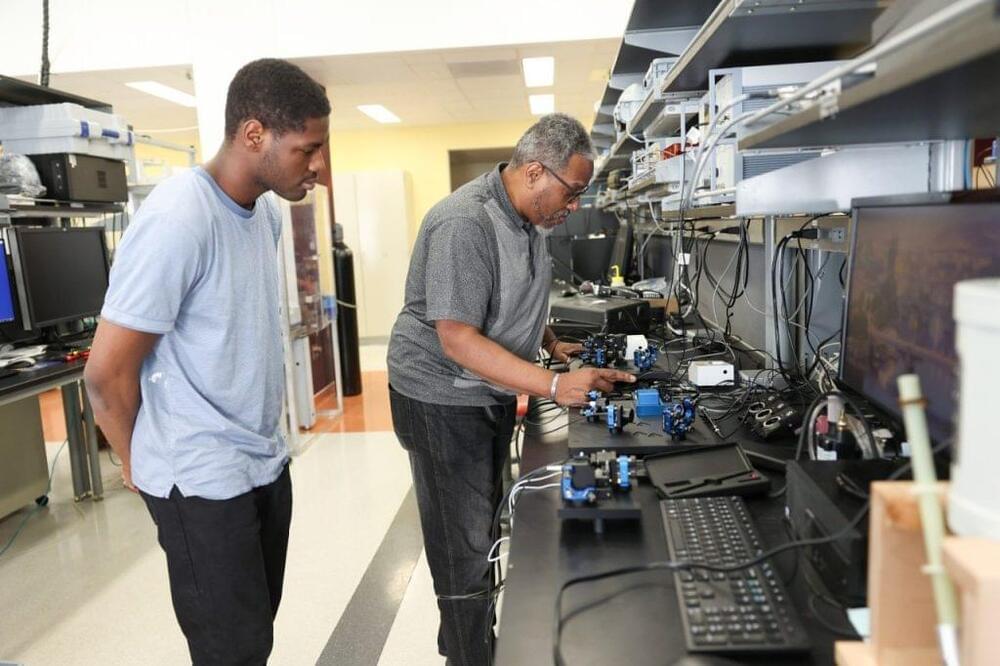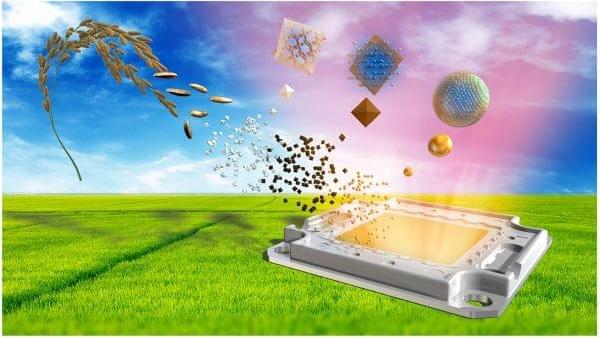In this episode of Longevity by Design, our hosts, Dr. Gil Blander and Ashley Reaver, MS, RD, CSSD, are joined by Dr. George Church, Professor of Genetics at Harvard Medical School. Tune in as Dr. George Church discusses the many roles of gene therapy, including its ability to reverse age-related diseases.
For science-backed ways to live a healthier, longer life, download InsideTracker’s InnerAge eBook at insidetracker.com/podcast.
Social:
Instagram — https://www.instagram.com/insidetracker.
Twitter — https://twitter.com/InsideTracker.
Facebook — https://www.facebook.com/InsideTracker.
Website — https://www.insidetracker.com/
In the Press — https://www.insidetracker.com/press-page/







